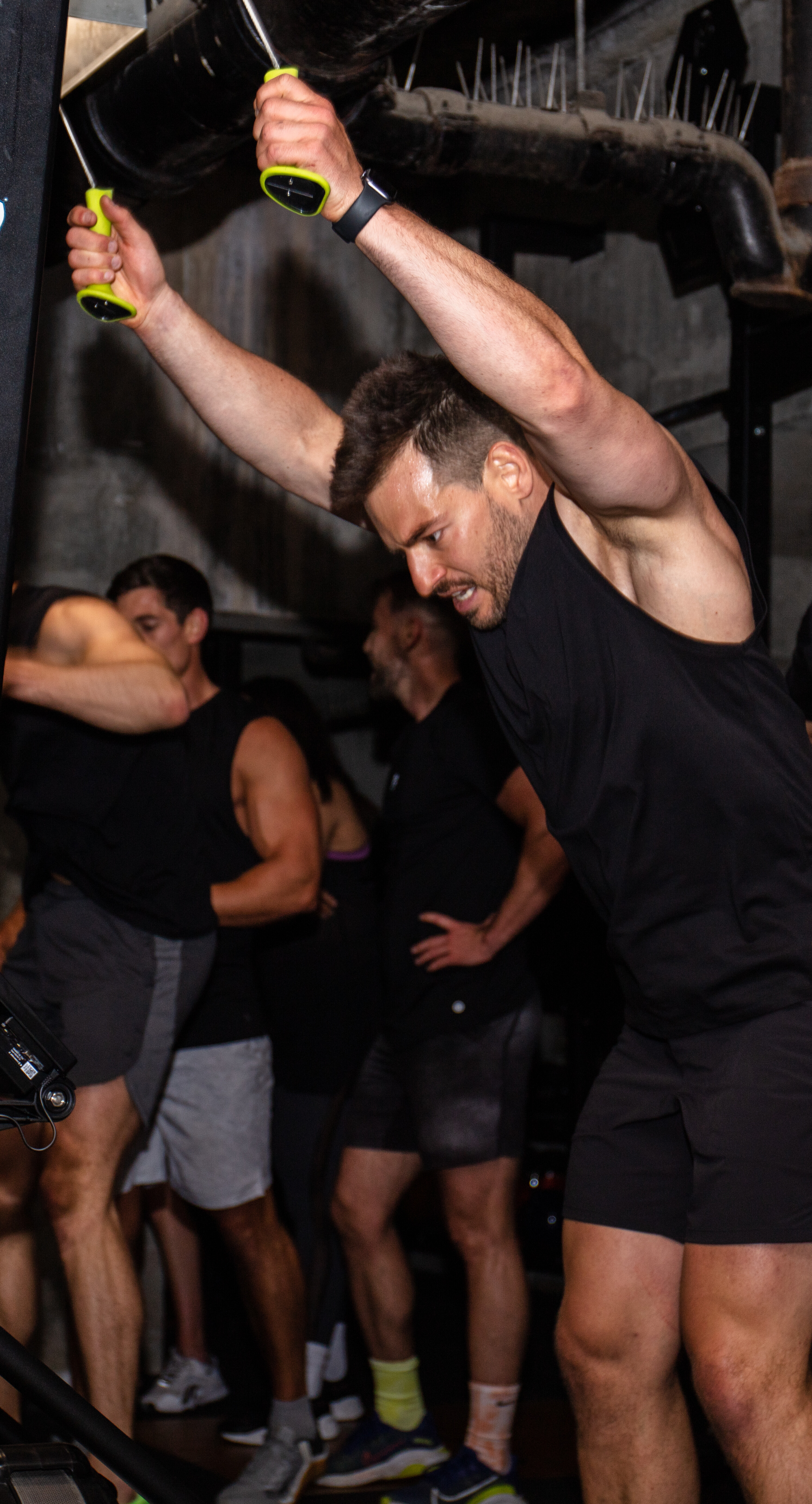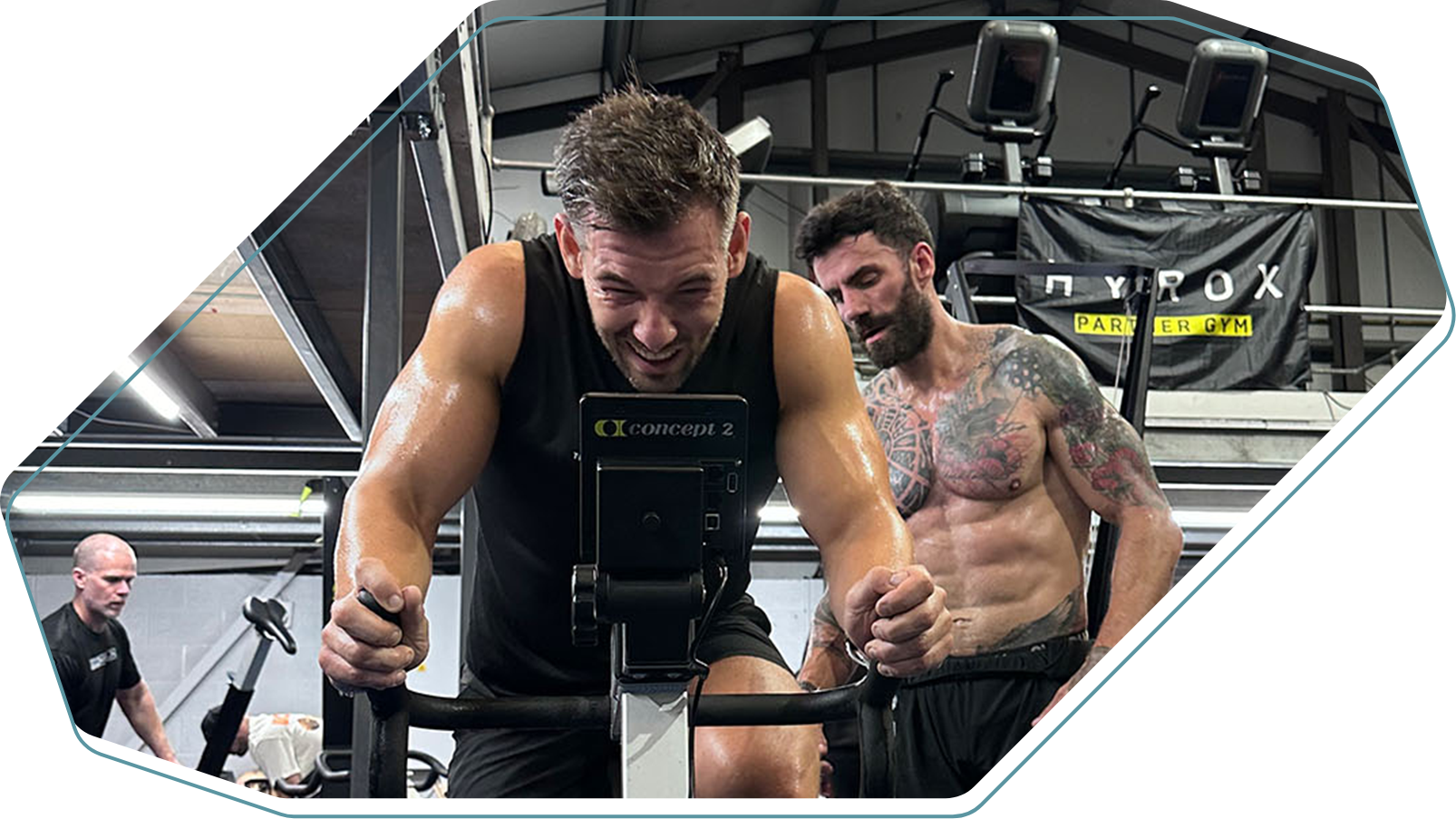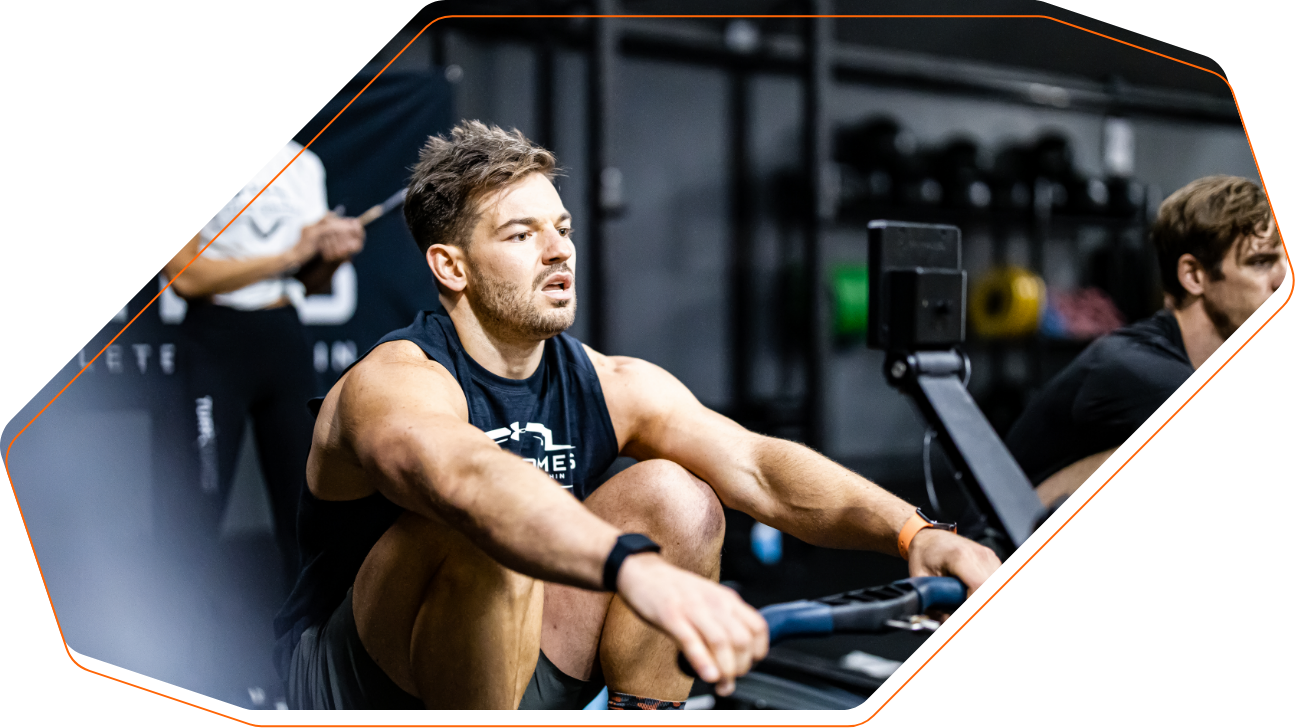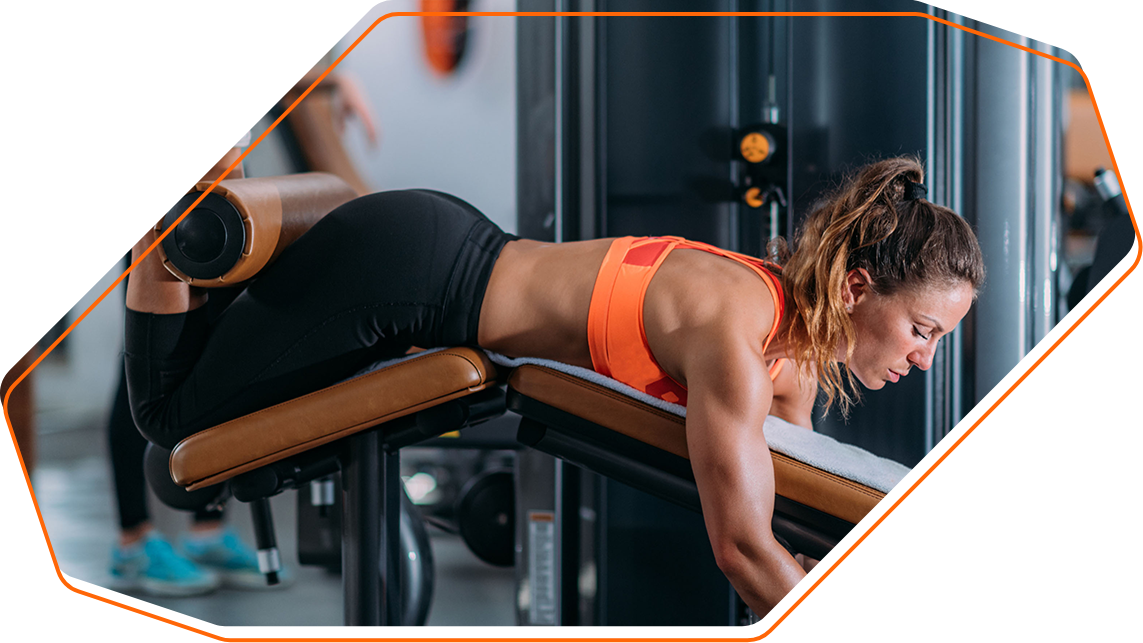HOW TO BUILD CARDIO FITNESS
When we train, we expect our body to deal with whatever challenge we face it with, each time expecting it to learn, adapt and improve. When we break fitness down into its rawest form, it comes down to health and your body’s ability to cope and react to whatever stress you put on it. A major component of this is cardiovascular health – i.e. can our organs supply sufficient oxygen and fuel as required?
When it comes to building cardiovascular fitness, the more efficient your system, the more capacity you have to move and the longer you can move for. If you want to build your efficiency, here’s how!
If you’re looking to build your engine, your CV training should predominately favour prolonged bouts of lower to middle intensity work – this is how you build your foundation. One of the biggest misconceptions when it comes to building fitness is that ‘capacity work’ means solely 20 minutes all-out on one machine. The reality is if you redline too often, you’ll see little to no adaptation. Instead of this mentality, aim to incorporate aerobic intervals with shorter rest periods, or vice versa for more anaerobic efforts. When the time is right, absolutely pull the pin! But this isn’t optimal five days per week if you’re looking for results.
This means Zone 1-3 intensity, broken up as you please with intervals, ramps or similar.
This is your Zone 3-4 work, i.e. intervals, ramps, or shorter/more intense efforts with rest periods to facilitate the demands of the session.
This is your 95%+ effort. When you’re here, buckle up!
—
“But I need a bigger top end..” Consider your performance as a triangle – the top of the triangle requires the least attention. Why? Because your capacity at threshold will have a far smaller rate of improvement than your capacity within middle zones of intensity. If you were a sprinter and required maximum anaerobic performances, then you’d focus on that system. However, if you’re looking for ‘engine’ improvement, it comes down to your efficiency, recovery between bouts and repeatability.
Adhering to and training within specified heartrate zones requires understanding of RPE – a valuable tool used to manage load and intensity. RPE provides the opportunity to learn about your own capacity in the form of workout pacing, skill execution and breath control.
—
RPE is measured on a sliding scale from values 4-10. At the lower end of the scale is your low stress training e.g mobility, recovery protocols or your conversational pace CV work. Mid scale, around 6-7, is the adaptation phase where loading is submaximal and CV work is below or at aerobic threshold. 9-10 represents close to maximal work, working at 5 reps or less to 1 rep from failure (depending on the person and programme setting) or anaerobic/lactate threshold and a-lactic work, up to your maximal CV effort.


BUILD IT FROM THE GROUND UP
Favour lower to middle intensity prolonged work to build a foundation. This is something we rely on with our recovery rate and between intense bouts of exercise.

VARY YOUR WORK:REST IN LINE WITH INTENSITY
There is no one size fits all, nor one protocol to follow. Capacity is experimental and is built through doing. If you have an aerobic session planned, it doesn’t have to be 20 minutes plus – it can be aerobic intervals with shorter rest periods for example, or vice versa for more anaerobic efforts. Varying your work:rest ratio will allow you to explore different intensities.

ONLY SUMMIT 5% OF THE TIME
Hitting your max may be cool, but if you’re hitting it daily you’ll see no adaptation other than maybe becoming a little more efficient at gasping for air on the floor! When the environment is right – summit. But don’t climb Everest 5 days of the week.

VARIATION IS KEY
We can become incredibly efficient on a skiErg, but that will not directly translate to our 5km run time. Mix your modalities and exercise domains, in turn varying the environment in which your body has to learn, adapt and perform. Additionally, use timings as a variable. Understanding your training zones and how to utilise them within sessions will help dictate your work vs rest periods.



